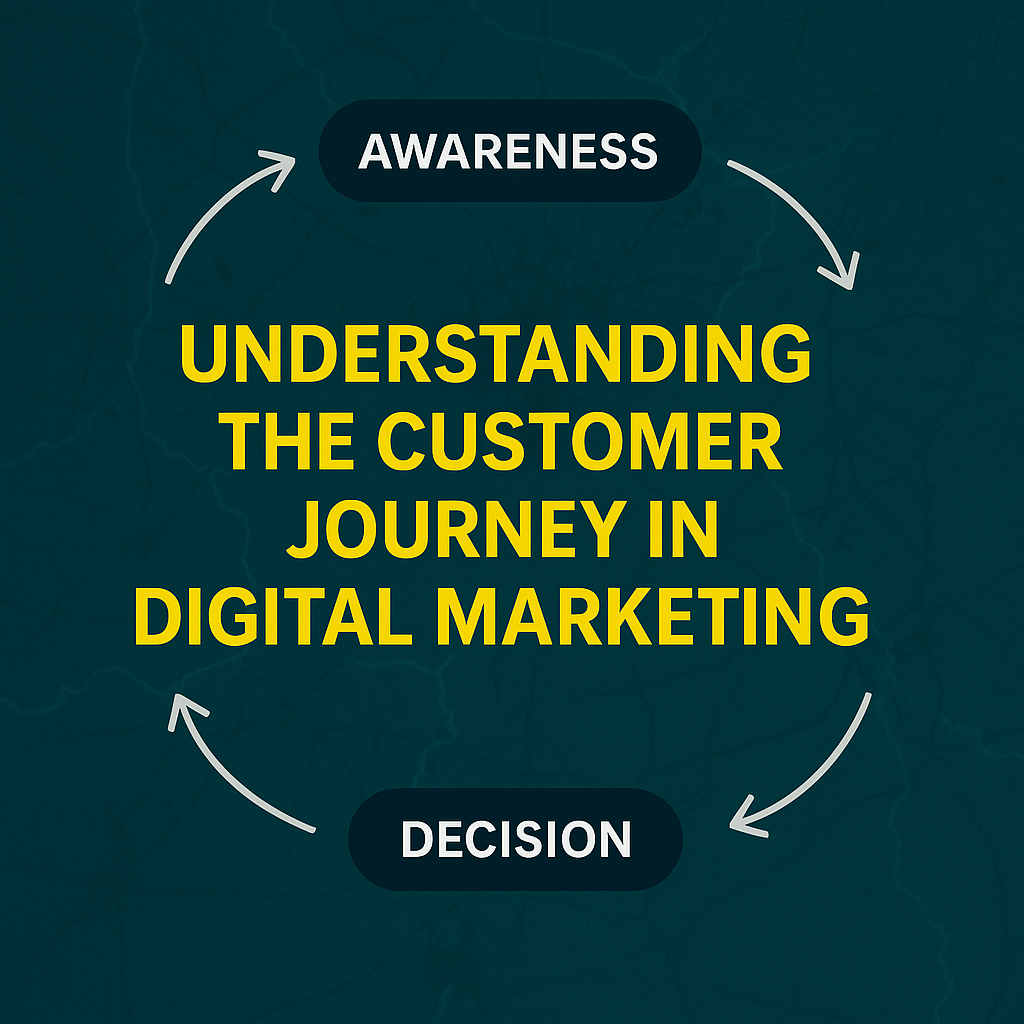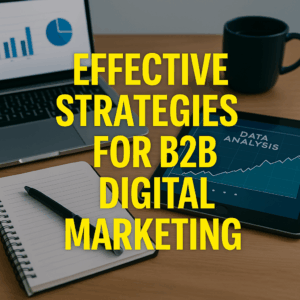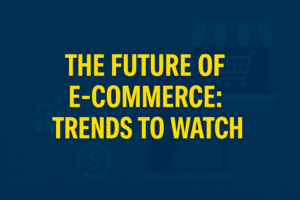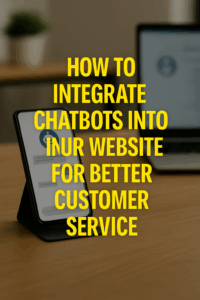Understanding the Customer Journey in Digital Marketing
In today’s competitive online space, understanding the customer journey in digital marketing is essential for creating strategies that resonate with audiences at every stage. A customer’s decision to purchase isn’t made overnight—it’s shaped by a series of interactions, or “touchpoints,” with your brand across digital channels. By identifying and optimizing these touchpoints, businesses can create seamless experiences that attract, engage, and convert their target audience.
What Is the Customer Journey?
The customer journey in digital marketing refers to the complete path a potential buyer takes—from discovering a brand for the first time to becoming a loyal customer. In digital marketing, this journey is often represented as a funnel with stages such as awareness, consideration, decision, and retention.
Unlike traditional models, the modern digital journey is rarely linear. Customers may interact with your business through social media, search engines, email, or paid ads before making a final decision. This makes customer journey mapping critical to success.
Stage 1: Awareness
The awareness stage is where customers first encounter your brand. They may not yet know they need your product or service, but they are open to exploring solutions to a problem.
At this stage, visibility is everything. Strategies like SEO Services, blog posts, and social media outreach play a big role in capturing attention. Paid campaigns such as PPC can also ensure your brand shows up at the right time.
Stage 2: Consideration
Once aware of your brand, customers enter the consideration phase, where they actively compare your offerings against competitors. This is where understanding the customer journey in digital marketing becomes crucial.
Providing valuable, relevant content builds trust. Case studies, webinars, and in-depth guides can highlight your expertise and differentiate you from others. Using Graphic Design Services can further enhance your content, making it visually appealing and memorable.
Stage 3: Decision
The decision stage is when customers are ready to act. They want reassurance that they are making the right choice. Optimized landing pages, testimonials, and clear calls-to-action help close the deal.
Our WordPress Website Design and Custom Code Website Design solutions ensure your website communicates professionalism and trust—two key factors in final purchase decisions.
Stage 4: Retention and Loyalty
The customer journey doesn’t end at purchase. Retention is just as important as acquisition. Engaging customers through follow-up emails, personalized offers, and loyalty programs keeps your brand top of mind.
Effective Social Media Marketing builds long-term relationships, encouraging repeat purchases and word-of-mouth referrals. By nurturing these post-purchase interactions, you transform satisfied customers into loyal brand advocates.
Mapping Digital Touchpoints
A core part of understanding the customer journey in digital marketing is mapping every digital touchpoint. From the first Google search to post-purchase support, every interaction shapes the customer experience.
Tools like Contentsquare — How to Create a Customer Journey Map: Template & Guide can help businesses visualize these interactions, uncover gaps, and optimize engagement strategies for maximum impact.
Personalization and Data-Driven Insights
Personalization plays a huge role in guiding customers along their journey. Analyzing user behavior, preferences, and engagement data allows businesses to deliver relevant messages at the right time. For example, a customer who downloads an e-book may be nurtured with targeted email campaigns, while a repeat visitor might receive a tailored product recommendation.
With the right Digital Marketing Services, personalization ensures customers feel understood and valued, which directly impacts conversions and brand loyalty.
Conclusion
Understanding the customer journey in digital marketing provides businesses with the insight needed to connect with customers meaningfully. By aligning your strategies with each stage—awareness, consideration, decision, and retention—you can create experiences that guide prospects seamlessly toward becoming loyal customers.
At Canadian Development Technology, we help businesses map, optimize, and enhance their customer journey in digital marketing through expert Web Design, SEO, and marketing solutions designed to maximize performance at every step.




